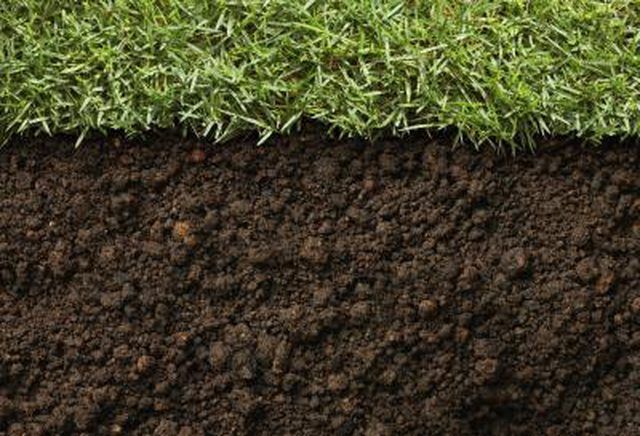Bulbs
Flower Basics
Flower Beds & Specialty Gardens
Flower Garden
Garden Furniture
Garden Gnomes
Garden Seeds
Garden Sheds
Garden Statues
Garden Tools & Supplies
Gardening Basics
Green & Organic
Groundcovers & Vines
Growing Annuals
Growing Basil
Growing Beans
Growing Berries
Growing Blueberries
Growing Cactus
Growing Corn
Growing Cotton
Growing Edibles
Growing Flowers
Growing Garlic
Growing Grapes
Growing Grass
Growing Herbs
Growing Jasmine
Growing Mint
Growing Mushrooms
Orchids
Growing Peanuts
Growing Perennials
Growing Plants
Growing Rosemary
Growing Roses
Growing Strawberries
Growing Sunflowers
Growing Thyme
Growing Tomatoes
Growing Tulips
Growing Vegetables
Herb Basics
Herb Garden
Indoor Growing
Landscaping Basics
Landscaping Patios
Landscaping Plants
Landscaping Shrubs
Landscaping Trees
Landscaping Walks & Pathways
Lawn Basics
Lawn Maintenance
Lawn Mowers
Lawn Ornaments
Lawn Planting
Lawn Tools
Outdoor Growing
Overall Landscape Planning
Pests, Weeds & Problems
Plant Basics
Rock Garden
Rose Garden
Shrubs
Soil
Specialty Gardens
Trees
Vegetable Garden
Yard Maintenance
How to Make Acidic Soil
How to Make Acidic Soil. Soil acidity is measured by a pH reading. Most plants grow in relatively neutral soil with a pH between 6 and 7.5, but some plants may perform better in acidic soil. Soil with a pH above 7.0 is considered alkaline, while soils below 7.0 are acidic.

Soil acidity is measured by a pH reading. Most plants grow in relatively neutral soil with a pH between 6 and 7.5, but some plants may perform better in acidic soil. Soil with a pH above 7.0 is considered alkaline, while soils below 7.0 are acidic.
Soil Testing
A soil test provides the best guide for determining the pH of your soil. Although home testing kits are available, taking a soil sample to a testing laboratory gives a more accurate reading. Take samples from several different areas of the garden bed because pH can differ even in a small area. The testing laboratory usually provides specific guidelines for taking samples, but generally you remove a 6-inch-deep core from the soil with a trowel and place it in a collecting bag. Labeling the bag with a number, and placing stake labeled with the corresponding number next to the sample site, allows you to match up testing results with each section of the garden bed.
Sulfur Amendments
Powdered sulfur lowers the pH and makes the soil more acidic. Use your soil test results as a guide for how much sulfur to add. For example, if your soil has an alkaline pH reading of 7.5 and you need to lower it to an acidic 6.0, use 1/3 pound of sulfur for every 10 square feet of garden bed. Alternatively, use 2.1 pounds of aluminum sulfate per 10 square feet. To decrease the same soil to a 5.0 pH, add 1/2 pound of sulfur or 3.6 pounds of aluminum sulfate per 10 square feet. Work sulfur into the top 8 inches of soil the fall before spring planting so it has time to alter the pH. Aluminum sulfate works immediately, so you can add it in spring one or two weeks before planting.
Peat Moss Amendment
If the pH only requires minor adjusting, you can increase the acidity by adding a sphagnum peat moss amendment to the soil. This works best in moderately acidic soils that you want to maintain the acidity level in after the addition of neutral or alkaline amendments such as compost or fresh topsoil. Peat has a pH of 3.0 to 4.5. Cover the bed with a 1- to 2-inch layer of peat and till it into the top 8 to 12 inches of soil. Peat amendments work best before initial planting of perennials or as a yearly addition before planting annuals.
Managing Acidity
Amendments, fertilizers and decaying plant material can alter soil acidity over time. Annual pH testing allows you to monitor the pH and make any adjustments as necessary. If the pH rises over time, additional sulfur amendments may be necessary. Topdressing the garden bed with a fresh 1- or 2-inch layer of peat moss annually in spring can also help maintain the pH level in the bed.